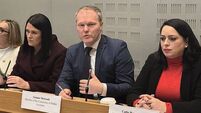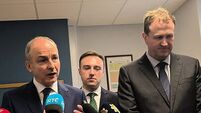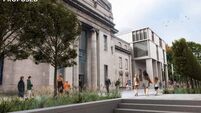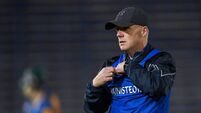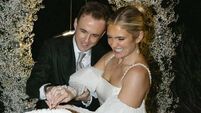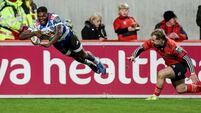Elaine Loughlin: Seanad is padded out with has-beens, wannabes, and losers
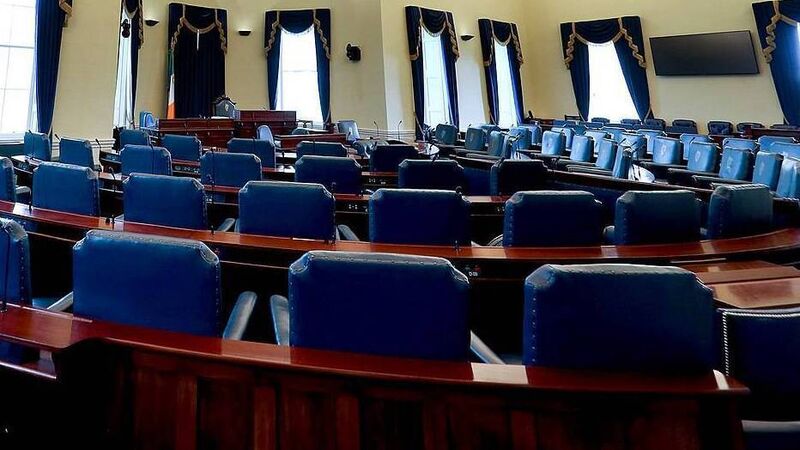
'Little has changed the make-up of the Seanad, which the Taoiseach has this time packed out with members of Fianna Fáil and Fine Gael. Picture: Houses of the Oireachtas
A stale talking shop padded out with has-beens, wannabes, and losers — welcome to Seanad Éireann.
Former taoiseach Enda Kenny may not have gone as far as the above description, but it is now 12 years since he tried to do away with the upper house dubbing it an an “ineffective, powerless body”.
In urging the public to vote to abolish the Seanad in a 2013 referendum that ultimately failed, Mr Kenny pointed to the €20m annual running cost of a chamber that is “undemocratic” and is “minority representative”.
Despite lofty promises of reform both before and since the unsuccessful referendum, little has changed in the make-up of the Seanad, which the Taoiseach has this time packed with members of Fianna Fáil and Fine Gael.
On Wednesday, as the Seanad returns for the first day since November’s general election, anyone tuning in will see a room filled with those who failed to get elected to the Dáil, those who will be looking to become TDs next time around, and others who are using it as a step-down facility after a career at a higher political level.
Senators can be appointed through a number of archaic systems, the least complicated and least democratic being the 11 individuals who are chosen at the whim of the leader of the day.

Those 11 senators will today take up their seats along with 49 others, many of whom ran for political parties in the general election and failed to get enough public support to win a Dáil seat.
While the now former RTÉ sports broadcaster Evanne Ní Chuilinn was a surprise addition to the list, she got the gig only after joining Fine Gael.
She takes one of the five ‘Taoiseach’s nominee’ seats Fine Gael had to fill and joins Manus Boyle, a now former Donegal councillor, and fellow county native Nikki Bradley who the party appointed to the Seanad last year.
Noel O’Donovan who ran for Fine Gael in Cork South-West and Roscommon party councillor Gareth Scahill fill the remaining posts.
On the Fianna Fáil side, former junior minister Anne Rabbitte has been given a political lifeline, as has Lorraine Clifford-Lee — who had lost her Seanad seat in the panel election, one of two other ways of winning a seat in the upper house.
Limerick mayoral election candidate Dee Ryan, Tipperary election hopeful Imelda Goldsboro, and Louth general election candidate Alison Comyn have also been selected.
Joe Flaherty is the last on the list, perhaps a consolation prize for losing his Longford-Westmeath Dáil seat.
Previous taoisigh have had bouts of thinking outside the box in appointing those from outside the camp.
Kenny used the taoiseach’s nominees system almost like an honours system, picking the likes of former Aer Arann owner Pádraig Ó Céidigh and Ulster Unionist and academic Ian Marshall, then social rights advocate Katherine Zappone and, in recognition of his work on the peace process, Martin McAleese.
But this time around, perhaps thinking of the next general election and protecting the two main parties, the Government is completely out of imagination on its selection.
Of course there are a few notable exceptions that buck the ‘fill it with our own’ trend, mainly among the 13 Independent senators who either won seats through the university election system or the complex panel process.
The likes of Traveller advocate Eileen Flynn; singer Frances Black who set up the Rise Foundation to support those in addiction; as well as disabilities campaigner Tom Clonan all add unique views.
This type of diversity, that provides a real voice to minorities and those often left behind, is a blueprint for what the Seanad could be — a chamber of real change that represents and reflects Ireland of today.





